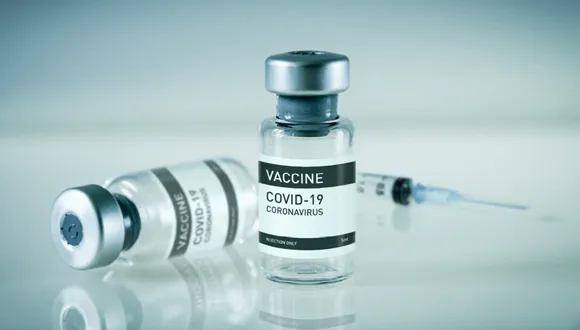



Article by: Hari Yellina
According to recent Australian study published in the peer-reviewed Nature Plants journal, the breakthrough RNA technology underpinning the Pfizer and Moderna COVID-19 vaccines could revolutionise pest management in agriculture. The Alliance for Agriculture and Food Innovation (QAAFI) at the University of Queensland claims that its novel bio-clay technology employs double-stranded RNA to protect plants from whitefly, one of the world’s worst pests. Professor Neena Mitter, the team’s leader, explained, “What we’re doing is targeting the whitefly’s key genes using their own RNA.” “We employ transparent particles as carriers, so it’s almost like nature vs. nature, with the whitefly’s RNA used to kill the whitefly and degradable clay particles used as the delivery vehicle.”
Professor Mitter explained that the five-year study project aimed to target a major pest in an environmentally benign manner that was free of the toxicity and residue present in traditional pesticides. Whitefly is a sap-sucking bug that attacks cotton, legumes, and vegetables, among other crops. According to Professor Mitter, it was responsible for crop destruction as well as the transfer of over 200 viruses. “This technology can target many life stages so the eggs don’t hatch and the nymphs don’t develop properly,” she said. “This is the first time that RNA has been used to target several life stages.”
Professor Mitter stated that the cost of synthesising RNA has reduced dramatically in the last five years as a result of an increase in the number of enterprises using the technology. “When I first started working with RNA, I was worried that we wouldn’t be able to create it cost-effectively,” she explained. “We could be collecting $2 to $5 per gramme now, compared to roughly $2,000 per gramme when we originally started this job.” Professor Mitter explained that the emergence of RNA technology did not begin with the invention of human vaccinations. “Work on RNA manufacturing for agriculture, or double-stranded RNA, began long before the COVID vaccination [and] mRNA technology.”
“Those companies were originally focused on manufacturing RNA for agriculture,” she explained. Before being used by industry, the bio-clay technology must still clear research and development hurdles, with trials expected to commence under greenhouse conditions. Professor Mitter remarked, “It does provide us a window now to try it in protected cropping or controlled environment agriculture.” “We know that many crops, such as tomatoes, cucumbers, and others, are grown in greenhouses, and this technology should work quite well.” Whitefly, according to Susan Maas, senior research and development manager at the Cotton Research and Development Corporation, is a major pest for the cotton industry because of its capacity to contaminate and degrade lint quality. However, she stated that QAAFI’s solution would not be commercially feasible for several years and that cost would be a consideration. “It’s too soon to say,” she said, “but any product will have to be competitive[ly priced] for farmers.” “We think that bio-clay will broaden the range of pest and disease control solutions available to farmers,” says the company.